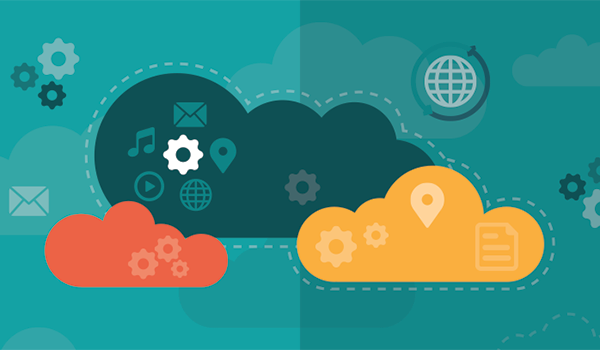
Over the past decade, with the diffusion of virtualization technology, the cloud computing industry has seen exponential growth. This trend continues as cloud services are able to offer more of the solutions that are important to business operations, while enterprise customers continue to discover and realize the incredible value in consuming their computing demands as a service.
Although marketing departments can tend to make the cloud seem like a mystical concept to be truly understood only by the experts, it can be simply understood as an IT service where data processing and storage occurs on servers that are external to the organization and information is then served back to its destination over the Internet. The general concept of the cloud can take many forms, such as software, infrastructure, desktop or backup as a service, and under each of the umbrellas still many more categories can be differentiated, but all of these models have the commonality of not running onsite for the organization utilizing the service.
In a hybrid cloud model, rather than offloading all of a company’s data and processing to cloud servers, some servers remain on premise while others are deployed in the cloud. The benefits of such a deployment are numerous — companies are able to continue to utilize infrastructure that they may have already payed for, while realizing the dependability and flexibility benefits that the cloud has to offer. Additionally, one of the major advantages of cloud computing is that it allows a pay-as-you-go OPEX model, which allows organizations to pay for only the resources they consume when they need them. This means that in busy times, or as a company grows, additional computing resources can be added or removed as needed. This approach provides tremendous opportunity for businesses to scale flexibly rather than budgeting for, and making permanent, large capital expenditures that may not turn out to be justified in hindsight.
One common hybrid cloud deployment model is Disaster Recovery as a Service, or DRaaS. In this model, a company is able to fully replicate its server and computing infrastructure in the cloud. This means that in the event of an onsite disaster, natural or man-made, malicious or unintentional, all of the company’s computing resources can be brought back online to a previously known good state. This approach offers peace of mind far beyond what can be provided by a backup. A recovery is not dependent on rebuilding and repopulating replacement hardware, but rather a fully duplicated computing environment is waiting in the wings for a fraction of the replacement cost of the on-premise hardware.
According to a recent report by Cisco, public cloud use continues to grow by an annual rate of 50 percent. This clearly shows that companies continue to be attracted to the flexibility, scalability, security and accessibility of these solutions, while cloud providers continue to prove their track records of dependability. The hybrid cloud approach is an excellent way for businesses to begin to take advantage of these solutions while keeping costs down, offering businesses the best of both worlds.
Ryan Treisman is chief technology officer of Phoenix-based Adopt Technologies, which provides turnkey cloud based IT solutions for organizations inclusive of consultation and migration services, to transition companies from on-premise IT infrastructure to cloud platforms.













Speak Your Mind
You must be logged in to post a comment.